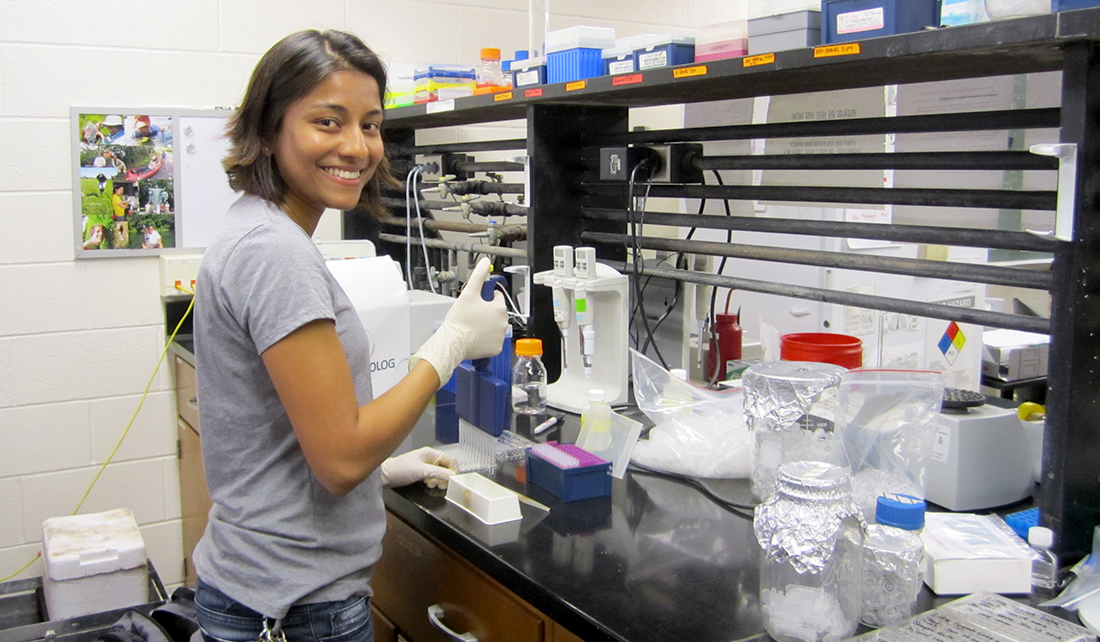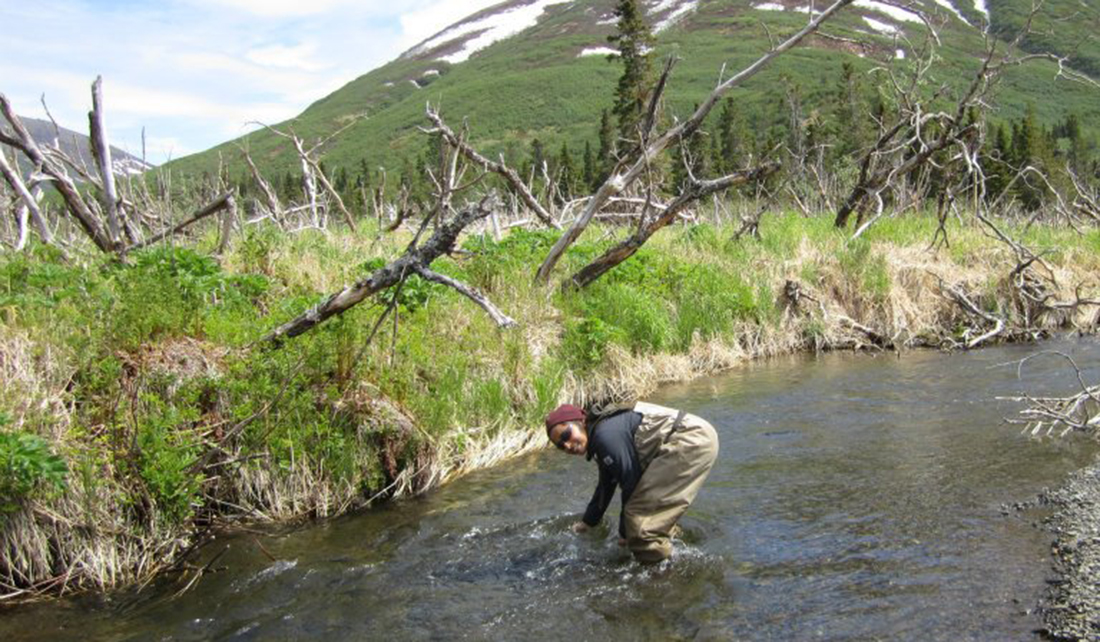
My fascination with water began during my childhood. Growing up under strict water conservation measures in Singapore eventually led to working on nutrient loading issues relating to the Illinois River, and finally to my doctoral research on water quality in Alaska.
I brought all this to the Knauss Fellowship placement week in Washington D.C., where I proudly represented the Illinois-Indiana Sea Grant. Placement week started out with a brief overview of the structure of the House and Senate, and the processes involved in creating and passing legislation.
Then came presentations from the 23 host offices, during which I and the other 11 legislative finalists were introduced to the personal offices of various members of Congress from across the country, and House and Senate committees that directly work on legislation concerning the nation’s oceans, atmosphere, and freshwater resources.
Over the next two and a half days, I interviewed with 20 different host offices. While admittedly they were grueling, the interviews were also very rewarding. Through them, I learned about key pieces of legislation that impact much of the freshwater and marine resources I had previously worked on. More importantly, the interviews also enabled me to get to meet some of the incredible people serving in Congress as well as their staff, whose work for the benefit of their constituents is truly remarkable. Getting placed in a congressional office could not have been a better end to placement week for me.

I am very excited to be a 2017 Knauss Fellow in the office of California U.S. Rep. Jared Huffman. I highly respect the path Rep. Huffman took before entering office, and the legislation he has sponsored and co-sponsored since then, especially in regard to natural resources. I look forward to directly assisting Rep. Huffman with his work on the House Committee on Natural Resources, with an emphasis on the Water, Power, and Oceans Subcommittee, which has oversight jurisdiction for NOAA fisheries and coastal issues. I also look forward to working with the committee staff, staff from other congressional offices, representatives from industry, non-profit groups, district field staff, and constituents living in California’s 2nd district.
Additionally, I will serve as the co-director of the bipartisan Congressional Wild Salmon Caucus. Given the grave issues California and the nation are currently facing in terms of water and coastal resources, I am confident that serving as a Knauss Fellow in this office over the next year will teach me a great deal.
Illinois-Indiana Sea Grant is a part of University of Illinois Extension and Purdue Extension.

